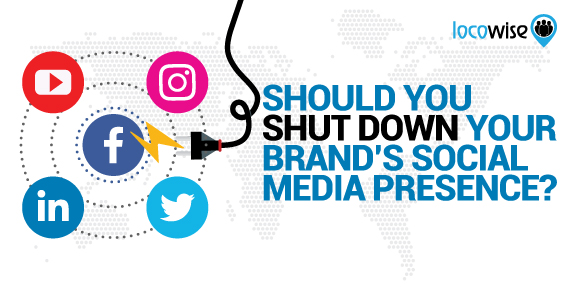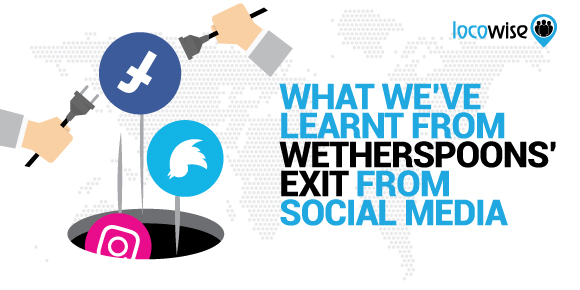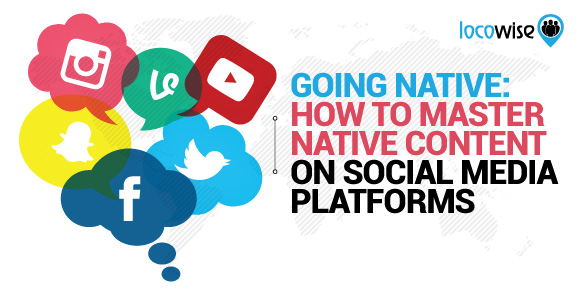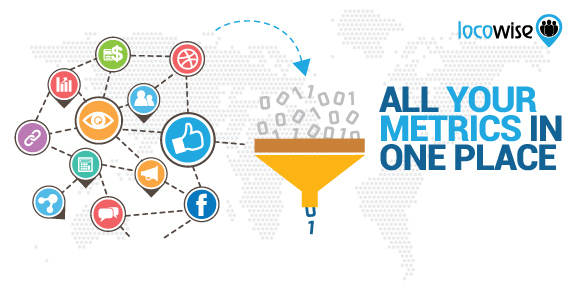Should You Shut Down Your Brand’s Social Media Presence?
Sahail Ashraf posted on 5 June 2018
Wetherspoons, the huge pub chain, made the news recently because the brand decided to close all it’s social media accounts (that ran into the hundreds) in one day. Wetherspoons are now no longer on social media. It was a complete shutdown.
And this kind of got us thinking. Wetherspoons stated that it felt social media was doing nothing in the way of marketing. The boss at Wetherspoons also said he felt that people spend too much time on their phones and not enough time socialising. And we can’t argue with that.
However, does this mean all brands should ditch social? Of course not. There are some good things in every brand’s social media account. And it’s all about finding the good things and building on them.
Oh, and not making the mistakes that Wetherspoons did.

The Wetherspoons problem
The first real issue around Wetherspoons social media was the poor posting frequency. Top brands regularly post on social media several times a day. On Twitter, and as recently as April 2018, Wetherspoons were averaging around one post a day.
This is a shocking state of affairs for a big brand like Wetherspoons. And it could be argued that things got worse because audiences simply didn’t see that Wetherspoons had high expectations. So they stopped engaging. The cycle continued right up to the point when Wetherspoons pulled the plug.
If your clients are doing the same thing with post frequency, you need to think about whether or not they need social media. The more you post to social media, the wider your exposure. So posting to social media with more than one post a day, is just a way to increase awareness. Done right, it can sell.
So what happened to Wetherspoons doesn’t have to happen to you. Take it further with 2-3 posts per day on all platforms, and you’re building up that awareness and possibly even pushing prospects down the sales funnel.
So the first piece of advice that we can offer since the Wetherspoons episode is:
Post more than once a day. It shows you’re serious about building a following.

Differentiate
Social media is tough. One minute you’re riding high on a wave of adulation, the next you’re struggling to get more than a few views. Being consistent is important, otherwise you won’t build the audience you want.
What Wetherspoons did really badly is not differentiate their content. They didn’t change the content for different platforms. So Twitter had pretty much the same stuff on it as Facebook did. By not adapting content for different audiences you’re just not going to get the engagement you need.

Should we shut it down?
No. However, it’s quite possible that some aspects of the Wetherspoons’ drama ring true for you and your clients. There may be serious wastage taking place. Is your content on Twitter really bringing in the kind of engagement you want? And that Facebook account? Is it doing anything for you at all?
But platforms should never be shut down unless they need to be. And the only way you’re going to know if a platform should be mothballed is if you have analytics working at their best and fullest. By looking carefully at the numbers, you can usually work out whether or not things are bringing value to your clients (or your own brand if that’s what we’re talking about).
The customer service aspect however, closes out any reasonable arguments for shutting social media accounts for a brand. As strange as it may seem, social media is now the main avenue for customer service for many brands. And customers appreciate it. They rely on it.
It is much easier to post a tweet that complains about bad service at a restaurant than to go and see the manager. Or to call a helpline. A tweet takes seconds. And if the brand is ‘good’ at social media, it will respond quickly, rectify the situation, and save a whole lot of trouble.
In fact, many disasters have been averted by expert use of social media as a kind of conduit for customer problems. Whole teams have been developed by brands, their job being to look after the customer service aspect of social media.

So, even if you had a good reason to question your use of social media, you can’t get away from the fact that it is the one dynamic tool that can keep you on top of customer service. Wetherspoons can tell customers to ‘come and speak to the manager’, that’s no problem. It’s a pub, and the manager is on the premises. But when we venture out further into other industries, there’s nothing as vital to a brand as its ability to respond to a customer. And if that can be done with a social media account, it should be done.
The fundamental problem wirth Wetherspoons is that it just didn’t seem to be interested in developing its use of social media. Right now, if we were running their accounts, we’d be putting the hours into finding ways to engage the audience, and ensuring that there is a capable customer service representation.
But we’re not running their accounts. No one is.
Would you like to have some of those amazing analytics that help you keep on top of social? No problem. We will give you a free seven-day trial of Locowise. That should take care of the problem.




